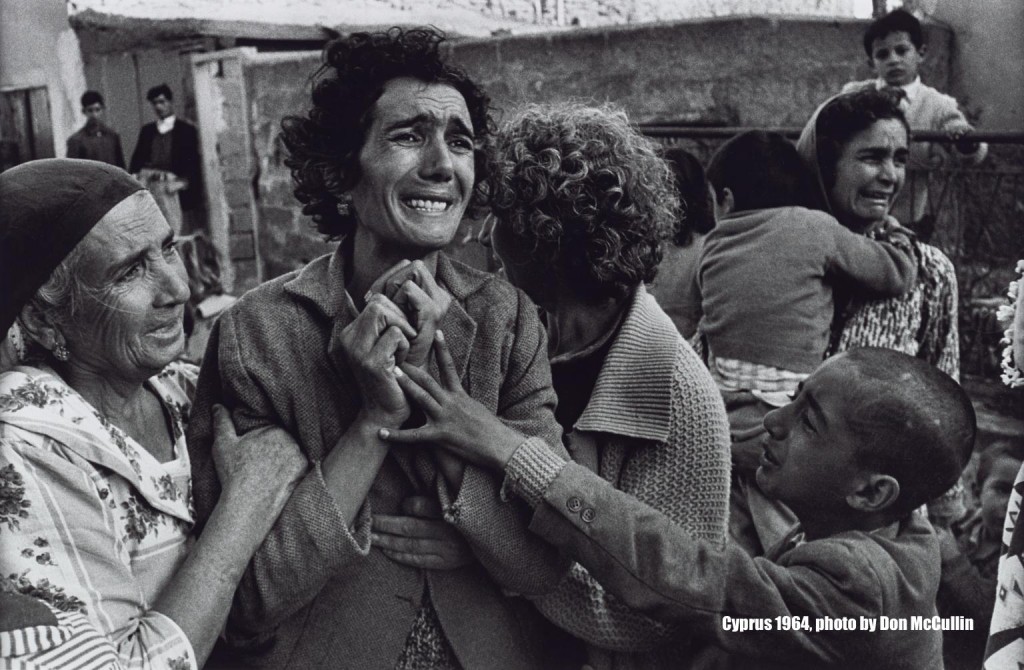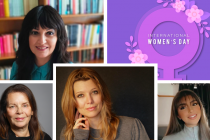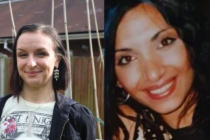Veteran photojournalist Don McCullin ihas been recognised for his services to photography in this year’s New Years Honours list. He receives a knighthood alongside gold-medal winning Olympian Mo Farrow, Wimbledon champion Andy Murray, musician Ray Davies of The Kinks, and entertainer Ken Dodd.
Born in Finsbury Park, London, in 1935, Don McCullin began by taking photos of the impact of the Blitz on the capital and the impoverished working classes around him. He had built up some experience while doing his national service in the RAF, serving as a photographer’s assistant during the Suez Crisis of 1956 and the Mau Mau rebellion in Kenya.
After returning to civilian life he continued to pursue his passion in photography. In 1959, The Observer published his photo of a London gang, marking the start of his professional career. Two years later, he saw a picture of a German soldier leaping over barbed wire that separated East and West Germany and decided to travel to the country to document the period when the Berlin Wall went up. More assignments followed.
The Observer sent McCullin to cover the outbreak of Cyprus conflict in 1964. It was here that he captured ‘A Turkish Cypriot woman mourning the death of her husband at Ghaziveram’. McCullin was present just as Nevcihan Oluşum discovered her husband had been killed by Greek Cypriot forces. As she looks on in anguish, her distraught son Kubilay reaches out his hand to her.
This heartfelt photo brought McCullin his first award, winning the World Press Photo of the Year in 1964. The image is also featured in his book Shaped by War (2010).
Moving to the Sunday Times Magazine in 1966, where he remained until 1980, McCullin travelled the world covering more conflicts, in Vietnam, Lebanon, Belgian Congo, El Salvador, and Northern Ireland. In 1970, he was wounded while working in Cambodia and where his friend, French photojournalist Gilles Caron was killed, underlining the huge risks involved for those reporting from the front line. Yet it didn’t deter him.
In talks he has given in later life, McCullin described the adrenaline rush of taking photos while under fire, his personal control and lack of fear.
The acclaimed photographer never shied away from capturing the atrocities of war. Yet his most iconic shots are, as History Today editor Sheila Corr described, those which, “highlights with tenderness and compassion the pain and suffering of individuals caught up in conflict”. He considers black and white images in war to be “much more powerful”.
In 2010, the Imperial War Museum London hosted a major retrospective of his work. For the introduction, McCullin (pictured at the exhibition in photo above) wrote, “Photography for me is not looking, it’s feeling.”
He had always wanted his photographs to make a difference, and they have. In 1993, he received a CBE for this work – the first photojournalist to be honoured in Britain.
Today, he finds peace and tranquillity in photographing landscape.
See here for this year’s full New Years Honours list.




